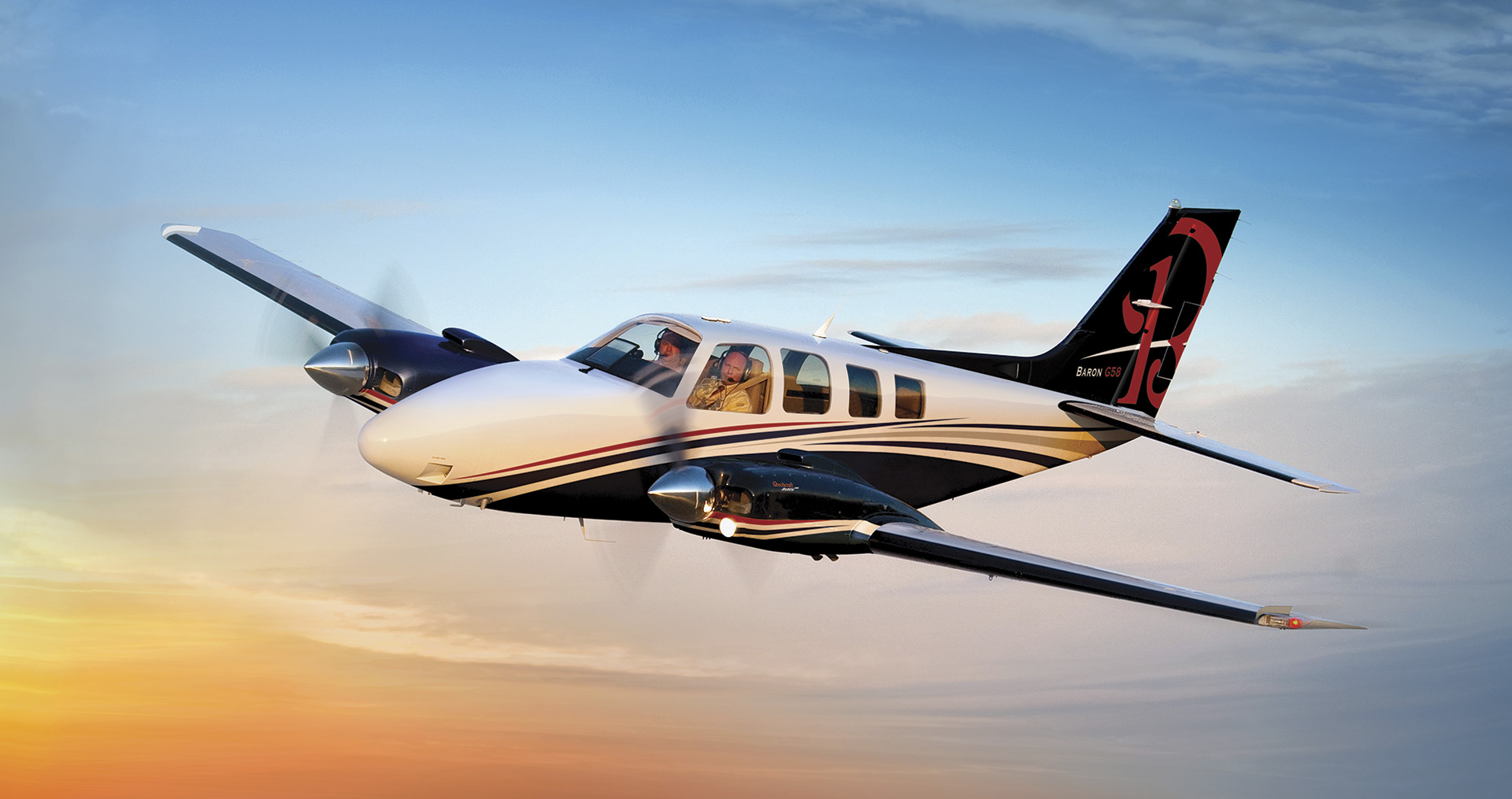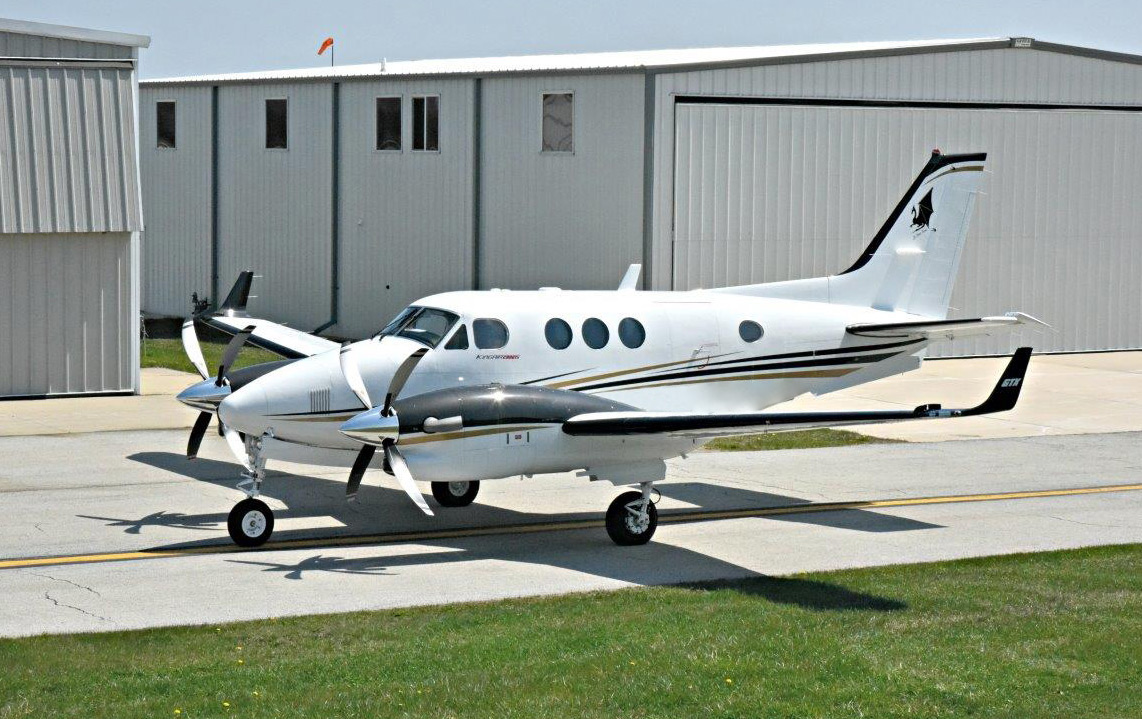Exploring the Twin Engine Cessna: A Guide for Aviators
In the world of aviation, the twin-engine Cessna stands out as a paragon of versatility, reliability, and efficiency. These aircraft are a staple in the aviation community, praised for their ability to handle a wide range of flying conditions. As a professional aviator or an aspiring pilot seeking to understand these impressive machines, it’s essential to delve into their multifaceted capabilities and characteristics. This guide aims to provide both an overview of the twin-engine Cessna’s versatility and a comprehensive guide for those looking to explore aviation with these remarkable aircraft.
Discover the Versatility of Twin Engine Cessnas
The twin-engine Cessna is celebrated for its adaptability across various flight missions, making it a favorite among pilots who require flexibility without compromising on performance. These aircraft are designed to handle demanding conditions, providing reliable transport for personal, business, and training purposes. Thanks to their dual engines, they offer enhanced safety features, allowing pilots to continue flying safely even if one engine fails. This redundancy significantly increases the aircraft’s reliability, making it a preferred choice for those flying over hazardous terrains or long distances.
Beyond safety, the twin-engine Cessna’s design integrates advanced aerodynamics and engineering, ensuring efficient fuel consumption and optimized performance. This efficiency translates into cost savings for operators and owners, further bolstering the aircraft’s appeal in both commercial and private aviation sectors. With a spacious cabin and ample cargo capacity, these aircraft also cater to the needs of passengers and cargo transport alike, making them a versatile tool for a range of operations.
Moreover, the twin-engine Cessna’s versatility extends to its suitability for various weather conditions. Equipped with advanced avionics and robust navigation systems, these aircraft can operate under Instrument Flight Rules (IFR), allowing pilots to fly with confidence in diverse weather scenarios. This capability is particularly beneficial for pilots who need to maintain schedules regardless of unforeseen weather changes, ensuring that the twin-engine Cessna continues to set standards for dependability and adaptability in the aviation industry.
A Comprehensive Guide for Aspiring Aviators
For those aspiring to pilot a twin-engine Cessna, understanding the technical and operational aspects of these aircraft is paramount. Training typically begins with mastering single-engine aircraft before advancing to the complexities of twin-engine operation. This progression ensures that pilots have a solid foundation in flight principles before tackling the additional considerations that come with managing two engines, such as asymmetric thrust and the increased complexity of systems.
Aspiring aviators will benefit greatly from immersive training programs that emphasize both theoretical knowledge and practical skills. Many flight schools offer specialized courses focusing on multi-engine ratings, which include in-depth ground school sessions and extensive flight training hours in twin-engine Cessnas. Trainees will learn to handle engine-out scenarios, manage fuel systems, and understand the intricacies of weight and balance, all of which are crucial for the safe operation of these aircraft.
Additionally, embarking on a journey with a twin-engine Cessna requires a commitment to ongoing education and practice. The aviation industry is continually evolving, with technological advancements and regulatory changes shaping pilot requirements. Aspiring pilots need to stay informed about these developments and seek opportunities for continued learning to ensure they are proficient in the latest navigation systems and safety protocols. This dedication to continuous improvement not only enhances their capabilities but also solidifies their reputation as competent and reliable aviators.
The twin-engine Cessna represents a perfect blend of versatility, reliability, and advanced engineering, making it a preferred choice for many pilots worldwide. Whether you’re an experienced aviator or an eager newcomer to the world of aviation, understanding the capabilities and requirements of these aircraft is crucial. As you explore the possibilities that twin-engine Cessnas offer, you’ll find that they not only enhance your flying experience but also equip you with the tools needed to tackle a wide range of aviation challenges. This guide serves as a stepping stone for those ready to embark on their journey with one of the aviation industry’s most trusted aircraft.





